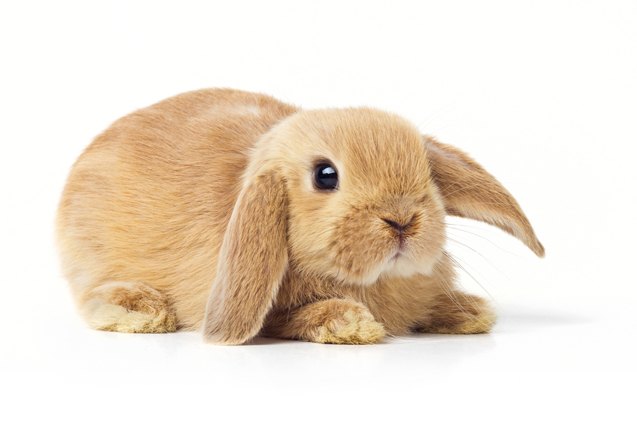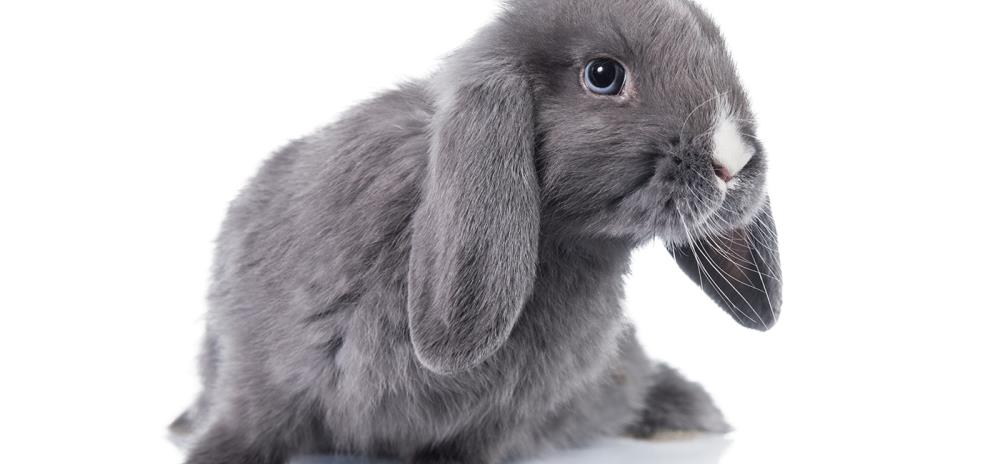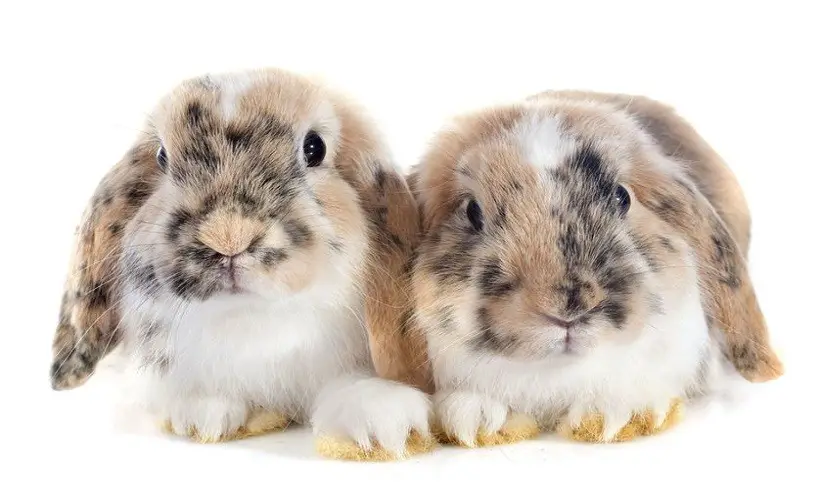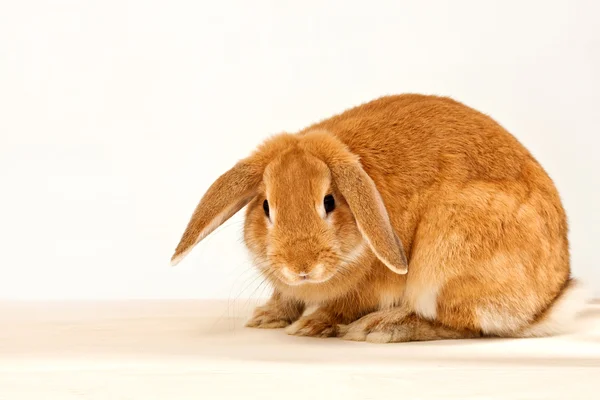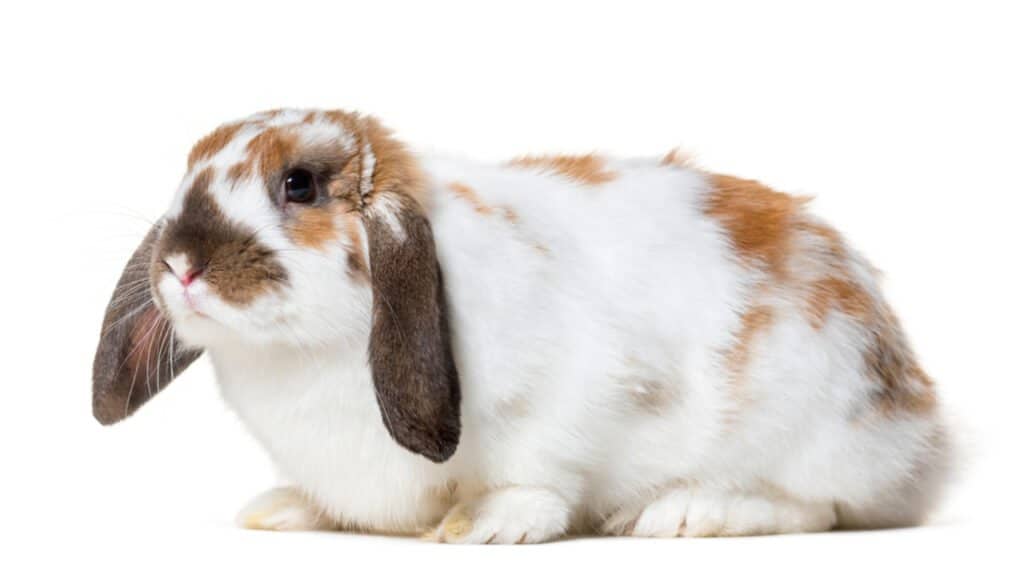Meet the Cashmere Lop: The Adorable Rabbit Taking the Internet by Storm
A popular rabbit breed with a distinctive and beautiful appearance is the cashmere lop. It is a popular choice for pet owners due to its silky, fluffy fur and loving attitude.
We’ll delve into the background, characteristics, temperament, upkeep, and breeding of the Cashmere Lop in this extensive guide. We’ll also offer advice on how to raise and take care of this lovely breed.
History of the Cashmere Lop
The Mini Lop and Angora rabbit breeds were selectively crossed to create the Cashmere Lop. The idea was to develop a breed that combined the lop ears of the Mini Lop with the plush, velvety fur of the Angora rabbit.
The first Cashmere Lops were created in the 1980s in the United States, and the breed immediately became well-known because of its distinctive features.
Appearance of the Cashmere Lop
The medium-sized Cashmere Lop has a rounded head and long, floppy ears. With a woolly undercoat and longer, silky guard hairs, its fur is velvety and dense.
Regular brushing is necessary to keep the fur from matting and tangling. White, black, blue, chocolate and tortoiseshell are just a few of the color variations available for this breed.
Personality of the Cashmere Lop
Those that own cashmere lops are renowned for their warm personality. They are sociable and make great pets for households with young children.
Also, they are smart, inquisitive, and curious about their environment. Cashmere Lops can be trained to use a litter box and comply with basic orders, and they are typically simple to train.
Care of the Cashmere Lop
For the Cashmere Lop to maintain healthy, soft fur, regular brushing is necessary.
This involves combing and grooming the fur each day to avoid matting and tangling as well as cutting the fur around the anus to avoid feces getting tangled.
The breed needs to eat fresh hay, vegetables, and fruits as part of a healthy, balanced diet. Fresh water that is clean should always be accessible.
Breeding of the Cashmere Lop
Cashmere Lops breeding demands meticulous planning and attention to detail.
The breed is prone to various hereditary conditions, including wool block and malocclusion (badly aligned teeth) (intestinal blockage caused by ingesting too much fur).
It’s crucial to select breeding stock free of these diseases and to give the progeny the right care and nourishment.
Tips for Raising a Cashmere Lop
If you are considering raising a Cashmere Lop, here are a few tips to keep in mind:
- Space should be abundant because cashmere lops like to play and run about. The ideal cage or run is one that is big and roomy.
- Groom regularly: Regular grooming is necessary to maintain the health and softness of a cashmere lop’s fur. To avoid feces getting caught, clip the hair around the anus and brush the fur every day.
- Provide a healthy diet: A healthy, varied diet that includes fresh hay, vegetables, and fruits is necessary for cashmere lops. Don’t give them processed or sugary meals.
- Provide mental stimulation: Cashmere Lops are smart, inquisitive creatures who love to explore their surroundings. To keep them occupied, give them toys and other things that will stimulate their minds.
- Seek veterinary care: Immediately seek veterinarian assistance if your Cashmere Lop exhibits any symptoms of illness or pain. The key to preventing significant health issues is early action.
FAQs
How long do Cashmere Lops live?
Cashmere Lops typically live between 7-10 years with proper care, although some have been known to live even longer.
How much does a Cashmere Lop cost?
The price of a Cashmere Lop can vary depending on a number of factors, including the breeder, location, and availability. On average, you can expect to pay anywhere from $50 to $200 for a Cashmere Lop.
Are Cashmere Lops good pets for children?
Yes, Cashmere Lops can make great pets for children as long as they are supervised properly. These bunnies are known for their friendly personalities and love to be held and cuddled.
Do Cashmere Lops require a lot of grooming?
Yes, Cashmere Lops require regular grooming to maintain their long, silky fur. This includes daily brushing and occasional trimming to prevent matting and tangling.
Can Cashmere Lops live indoors?
Yes, Cashmere Lops can live happily indoors as long as they have enough space to move around and play. However, they will also benefit from supervised outdoor playtime in a secure area.
What is the difference between a Cashmere Lop and an Angora rabbit?
Both breeds have long, fluffy fur, but the Cashmere Lop’s undercoat is thicker, making it even softer and fluffier. In comparison to the Angora rabbit, the Cashmere Lop also has a more compact body form.
Do Cashmere Lops make noise?
Cashmere Lops are generally quiet pets, although they may make some soft grunting or purring sounds when they are content or happy.
How big do Cashmere Lops get?
Cashmere Lops are a medium-sized breed of rabbit, with adult weights ranging from 5-7 pounds.
What kind of diet do Cashmere Lops need?
Cashmere Lops require a diet that is high in fiber and low in fat to maintain their digestive health. This should include plenty of hay, fresh vegetables, and a limited amount of pellets.
It’s important to avoid feeding your bunny foods that are high in sugar or processed ingredients.
Conclusion
In summary, for those who are prepared to invest the time and effort necessary to properly care for them, the Cashmere Lop is a magnificent breed of rabbit and makes an excellent pet.
They are wonderful pets for both kids and adults because of their silky, fluffy coats and amiable nature.
Make sure to complete your study and give a Cashmere Lop the conditions they need to thrive if you’re thinking about bringing one into your family.

